 At 9:10 am on Monday, June 3, 1861, Stephen A. Douglas died in Chicago at the age of forty-eight. Thus ended a remarkable life, both as a leader in the antebellum Democratic party and as a foil to Abraham Lincoln’s rise. Douglas had fallen ill weeks before while headed back to Illinois to lobby for Democratic support of the newly elected President Lincoln once the Civil War started. Lincoln immediately directs that government offices be close on the day of the funeral and that the Executive Mansion (aka, the White House) and departments be draped on mourning for thirty days. On June 4th, Secretary of War Simon Cameron issues a circular to Union armies, announcing “the death of a great statesman…a man who nobly discarded party for this country.”
At 9:10 am on Monday, June 3, 1861, Stephen A. Douglas died in Chicago at the age of forty-eight. Thus ended a remarkable life, both as a leader in the antebellum Democratic party and as a foil to Abraham Lincoln’s rise. Douglas had fallen ill weeks before while headed back to Illinois to lobby for Democratic support of the newly elected President Lincoln once the Civil War started. Lincoln immediately directs that government offices be close on the day of the funeral and that the Executive Mansion (aka, the White House) and departments be draped on mourning for thirty days. On June 4th, Secretary of War Simon Cameron issues a circular to Union armies, announcing “the death of a great statesman…a man who nobly discarded party for this country.”
Douglas’s legacy is a complicate one. He rose to great influence in the Senate, perhaps single-handedly pushing through passage of a series of bills that became known as the Compromise of 1850. He also pushed through the Kansas-Nebraska Act, which voided the Missouri Compromise of 1820, thus putting the United States on a path to ultimate civil war. He was a horrific racist, who used blatant racism as a tool to defeat Lincoln in the 1858 Lincoln-Douglas debates during his Senate reelection campaign. He became the catalyst of the split between northern and southern Democrats in the 1860 election. As I wrote in Lincoln: The Man Who Saved America:
As expected, northern Democrats nominated Stephen A. Douglas. Because of Lincoln’s clever positioning on slavery during the 1858 Lincoln-Douglas debates—especially coaxing Douglas into the Freeport Doctrine—the Democratic Party had split into two factions, and Douglas represented only the North. Southern Democrats from the eleven slave states nominated their own candidate, John C. Breckinridge, the sitting Vice President under James Buchanan. To split the vote further, John Bell was nominated for a new Constitutional Union party, the main goal of which was that everyone just get along.
Lincoln again stayed in Springfield, as it was considered inappropriate for candidates to personally hit the campaign trail. Instead, Seward, Davis, and others made the case for him. Stephen A. Douglas, in contrast, campaigned extensively, spending a large amount of time in the South warning against disunion. Douglas race-baited as usual, insisting that government was “made by white men for white men” forever, but did try to convince southerners that they were better off working within the Union than trying to separate.
Because the Democratic Party had split, Republicans felt confident that Lincoln would win the election. Indeed, he won with about 40 percent of the popular vote and 180 of the 303 electoral votes available; 152 were needed to win. He won all the northern states plus the two new states of California and Oregon. John Breckinridge came in second, gaining 72 electoral votes from most of the southern slave states. Bell got 39 electoral votes by capturing the three border slave states of Virginia, Kentucky, and Tennessee. Douglas, once considered the likely winner, received only 12 electoral votes from the two states of Missouri and New Jersey. Lincoln was president-elect.
And yet, after the election, and after the Civil War began, it was Stephen A. Douglas who tried to rally the country to support Lincoln’s efforts to retain the Union. His life would come to an early end, but Douglas was a major influence – for good and for bad – on the antebellum nation. Douglas is buried in Chicago.
David J. Kent is the author of Lincoln: The Man Who Saved America. His newest Lincoln book is scheduled for release in February 2022. His previous books include Tesla: The Wizard of Electricity and Edison: The Inventor of the Modern World and two specialty e-books: Nikola Tesla: Renewable Energy Ahead of Its Time and Abraham Lincoln and Nikola Tesla: Connected by Fate.
Follow me for updates on my Facebook author page and Goodreads.



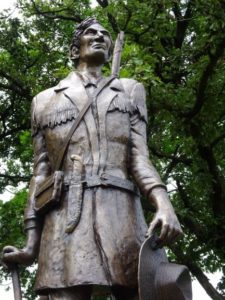 On May 27, 1832, Captain Abraham Lincoln’s company is mustered out of U.S. service by Nathaniel Buckmaster, Brigade major. Lincoln writes the muster roll of his company, certifying that remarks on activities of several members are accurate and just. He then enrolls in company of Capt. Elijah Iles for service in 20-day regiment.
On May 27, 1832, Captain Abraham Lincoln’s company is mustered out of U.S. service by Nathaniel Buckmaster, Brigade major. Lincoln writes the muster roll of his company, certifying that remarks on activities of several members are accurate and just. He then enrolls in company of Capt. Elijah Iles for service in 20-day regiment.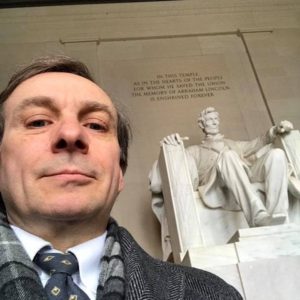 This week I officially became President! So much has been going on that I figured a quick professional update was in order.
This week I officially became President! So much has been going on that I figured a quick professional update was in order.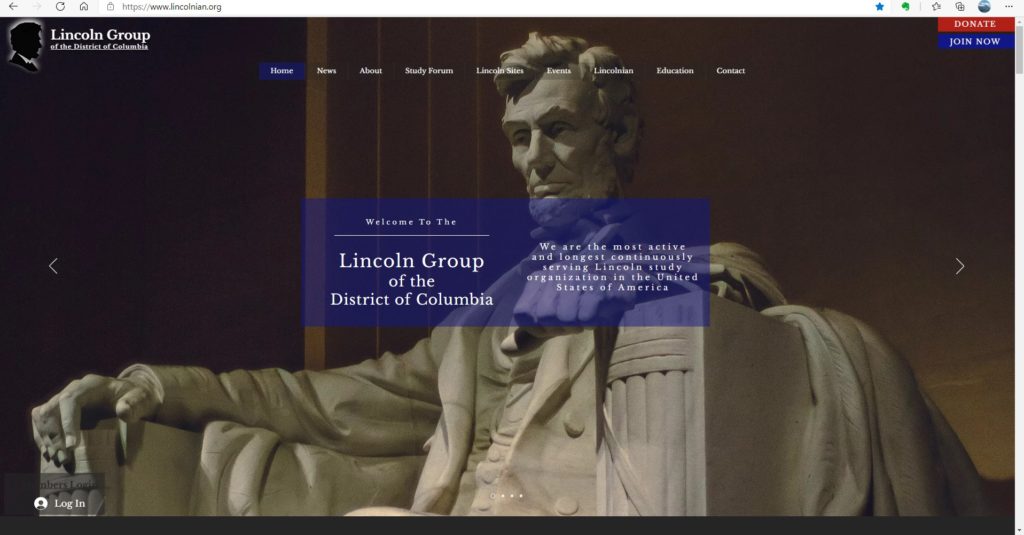

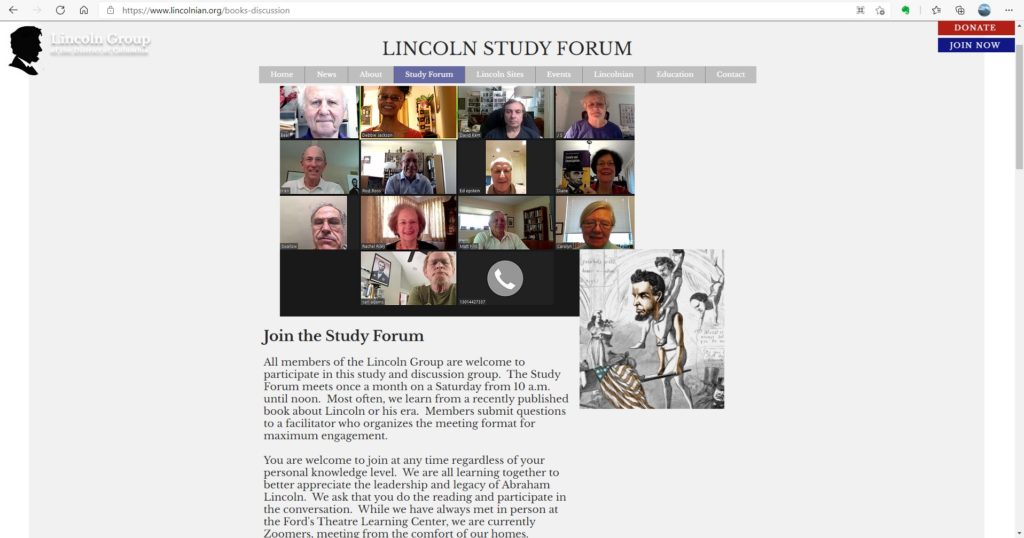
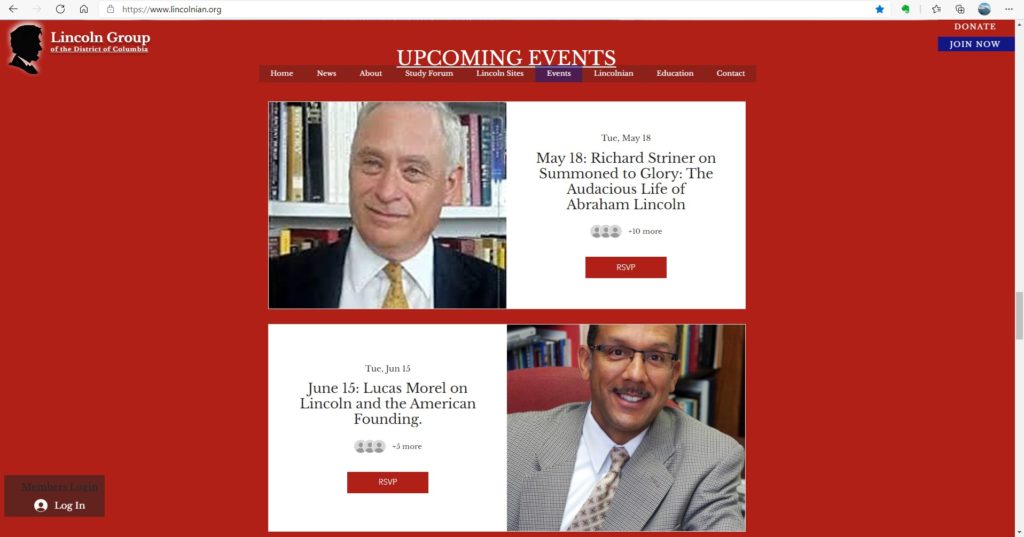
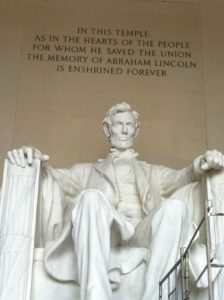 Periodically I check a website called
Periodically I check a website called  When he returned from the Black Hawk War, Lincoln was without any means of employment or income. He briefly considered learning blacksmithing, but he also wanted to further his education, which he acknowledged was sorely lacking. Around this time New Salem resident James Herndon sold his interest in the general store he owned with his brother Rowan to William F. Berry, who had served with Lincoln in the militia. Dissatisfied with Berry, a few weeks later Rowan sold his own share to Lincoln. Berry was the son of a Presbyterian minister from an influential family, so may have paid for his share, but Lincoln’s share was obtained on credit. In 1832, Berry and 22-year-old Lincoln were suddenly partners, store owners, and in debt.
When he returned from the Black Hawk War, Lincoln was without any means of employment or income. He briefly considered learning blacksmithing, but he also wanted to further his education, which he acknowledged was sorely lacking. Around this time New Salem resident James Herndon sold his interest in the general store he owned with his brother Rowan to William F. Berry, who had served with Lincoln in the militia. Dissatisfied with Berry, a few weeks later Rowan sold his own share to Lincoln. Berry was the son of a Presbyterian minister from an influential family, so may have paid for his share, but Lincoln’s share was obtained on credit. In 1832, Berry and 22-year-old Lincoln were suddenly partners, store owners, and in debt.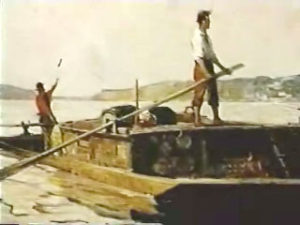 Soon after moving to Illinois, Lincoln made his second flatboat trip to New Orleans. A local entrepreneur and schemer named Denton Offutt approached Lincoln’s relative John Hanks about manning such a journey. Hanks then recruited Lincoln and brother-in-law John Johnston, all of whom now lived in a wooded area west of Decatur near the banks of the Sangamon River. Because of the previous “winter of deep snow,” melting snowpack made the roads impassable by the first of March 1831, forcing the three men to purchase a canoe and paddle down the Sangamon River as far as Springfield, where they expected to find a fully loaded flatboat. Offutt, however, had somehow forgotten to arrange for it.
Soon after moving to Illinois, Lincoln made his second flatboat trip to New Orleans. A local entrepreneur and schemer named Denton Offutt approached Lincoln’s relative John Hanks about manning such a journey. Hanks then recruited Lincoln and brother-in-law John Johnston, all of whom now lived in a wooded area west of Decatur near the banks of the Sangamon River. Because of the previous “winter of deep snow,” melting snowpack made the roads impassable by the first of March 1831, forcing the three men to purchase a canoe and paddle down the Sangamon River as far as Springfield, where they expected to find a fully loaded flatboat. Offutt, however, had somehow forgotten to arrange for it.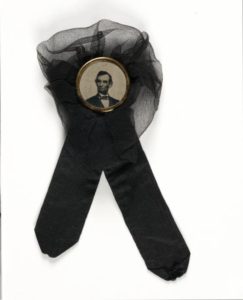 The mood in Washington was euphoric. After four long years the war was nearly over. Lincoln had anticipated this ending in his second inaugural address, reminding northerners that they should welcome southerners back into the Union:
The mood in Washington was euphoric. After four long years the war was nearly over. Lincoln had anticipated this ending in his second inaugural address, reminding northerners that they should welcome southerners back into the Union: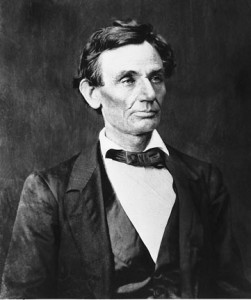 On April 6, 1858, in Bloomington, Illinois, Abraham Lincoln gave his first science lecture on what has become known as “Discoveries and Inventions.” Or maybe he wrote two lectures by that name; the issue is a bit murky.
On April 6, 1858, in Bloomington, Illinois, Abraham Lincoln gave his first science lecture on what has become known as “Discoveries and Inventions.” Or maybe he wrote two lectures by that name; the issue is a bit murky.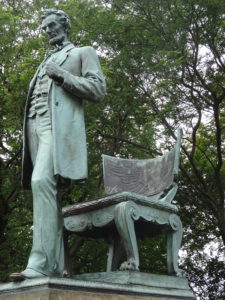 On March 30, 1861, Abraham Lincoln writes to Illinois State Auditor Jesse K. Dubois, who is “sorely disappointed” that Lincoln did not name J. P. Luse to head Minnesota’s Indian Affairs office. The letter gives a glimpse into the difficulties Lincoln faced dealing with our historical treatment of Native Americans.
On March 30, 1861, Abraham Lincoln writes to Illinois State Auditor Jesse K. Dubois, who is “sorely disappointed” that Lincoln did not name J. P. Luse to head Minnesota’s Indian Affairs office. The letter gives a glimpse into the difficulties Lincoln faced dealing with our historical treatment of Native Americans. 






